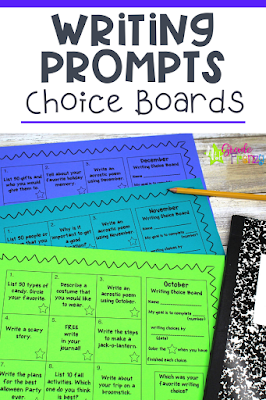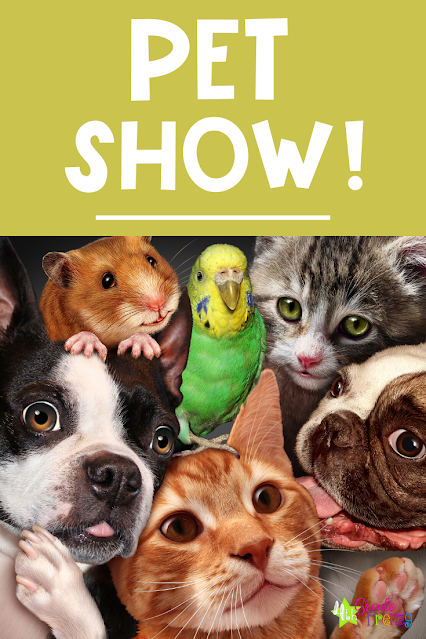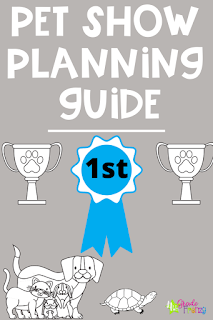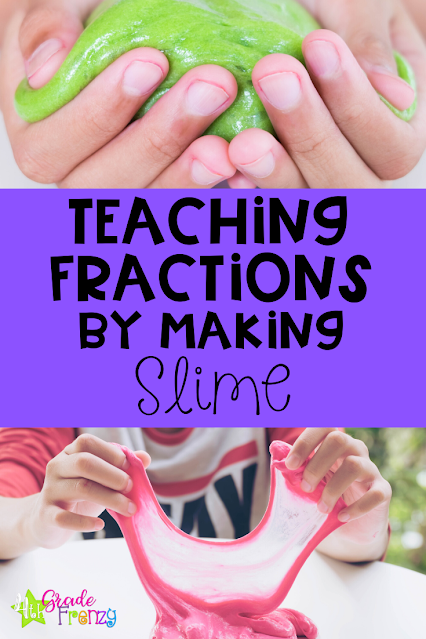My only memory of 4th grade is listening to my teacher, Mrs. Haker, read the Little House on the Prairie series to us every day after recess. This sacred time provided a feeling of calm following the chaos of recess in the '70s. I remembered wishing that she would just keep on reading all afternoon. Today, the time after lunch and recess is still marked by beloved read-alouds in many elementary classrooms. The benefits of read-alouds are worth every minute.
1. Read-alouds expose students to many curriculum standards.
A read-aloud can be used to informally discuss genre, author's purpose, literary elements, and text structure, to name a few. Rather than teaching these skills in isolation or in the context of a reading book, students can experience these ideas outside of the literacy block.
2. Read-alouds promote the joy of reading.
What is more endearing than hearing, "I found the same book you're reading to us!" from a student in the library. Often students will try to find the same book you are reading or books from the same author. During a read-aloud, students can simply enjoy a story with no other required tasks.
3. Listening skills are developed.
Students are listening and visualizing the story which is a skill that can transfer to independent reading. Sometimes, students may enjoy drawing what they visualize as you read.
4. Read-alouds help students form a common bond.
The read-aloud is a whole class activity experienced by all students. The class will always have the memory of this time together.
5. Fluency and expression are modeled.
As students learn to read, they need to hear what smooth, fluent reading sounds like. Fluency is important for comprehension.
6. Read-alouds spark curiosity.
When students listen to a story, they may discover a new interest. In addition, read-alouds can be selected to introduce a concept in science, social studies, or other curriculum areas.
7. Students make connections.
Stories enable students to make connections to other books, to themselves, and to the world.
8. Read-alouds can be used as a springboard for writing activities.
Craftivities with a theme around the read-aloud are motivating to students. There are plenty of ideas worth a look at on Pinterest or you could try these time-saving resources:
Need some ideas for read-alouds? Of course, it is recommended that you read the books first to make sure that they are appropriate for your students!
Charlotte's Web by E.B. White
Niagara Falls, or Does It? by Henry Winkler and the rest of the Hank Zipser series
Stone Fox by John Reynolds Gardiner
A Wrinkle in Time by Madeleine L'Engle
Because of Winn Dixie by Kate DiCamillo
Holes by Louis Sachar
Charlie and the Chocolate Factory by Roald Dahl
Wonder by R. J. Palacio
Tales of a Fourth Grade Nothing by Judy Blume
The BFG by Roald Dahl
Looking to mix it up during read-aloud time? Try:
- Poems from Where the Sidewalk Ends or Falling Up
- Joke books for kids
- Picture books that are just silly and seasonal
- Picture books to introduce a new topic
Why not squeeze in a few minutes after lunch for a quality read-aloud? It just may be what your students remember about your class years from now!
*Please note: Fourth Grade Frenzy is not affiliated with any of these books. This post is informational only.
Are you a subscriber yet?
FREE Activity for new subscribers: Sign up for the Fourth Grade Frenzy newsletter!



















































